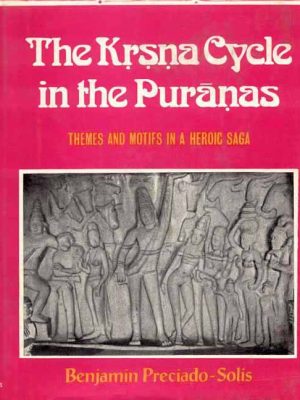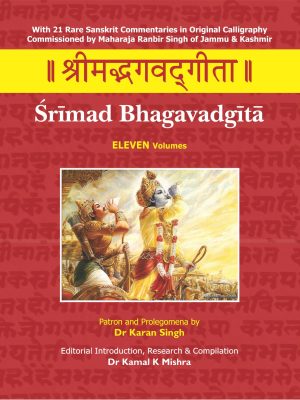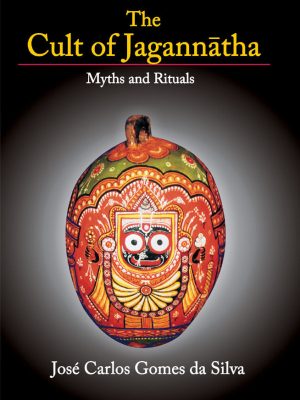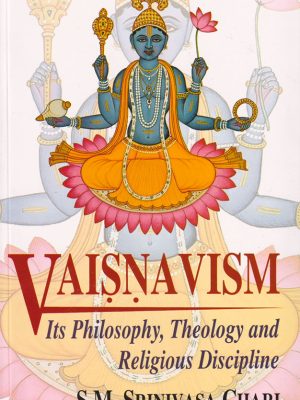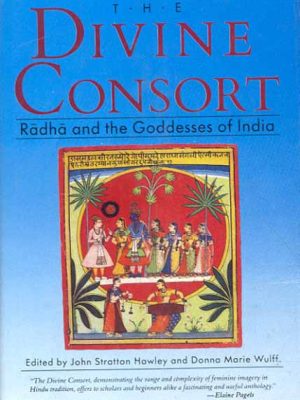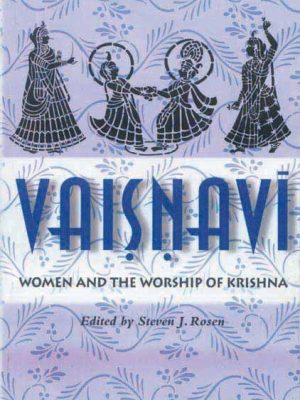
Shri Krishna is worshipped as the eighth avatar of Vishnu and also as the Supreme God in his own right. He is the god of protection, compassion, tenderness, and love. The anecdotes and narratives of Krishna’s life are generally titled, Krishna Leela. They portray him from various perspectives: as a godchild, a prankster, a model lover, a divine hero, and the universal supreme being. His iconography reflects these legends and shows him in different stages of his life, such as an infant eating butter, a young boy playing flute, a young boy with Radha surrounded by female devotees; or a friendly charioteer giving counsel to Arjuna.
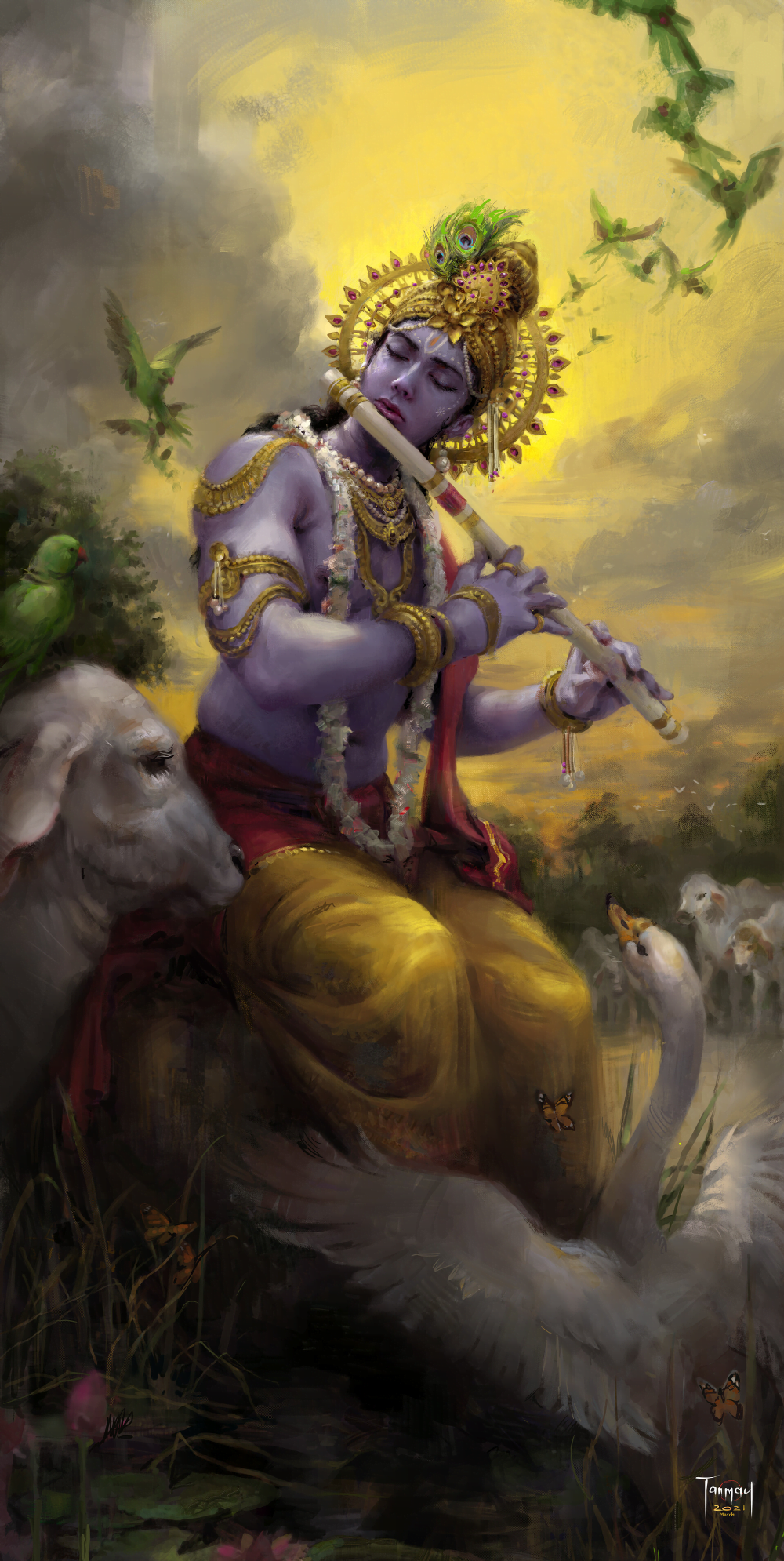
As a child, most of us grew up watching animated cartoons and movies about Lord Krishna. His birth, his mischief as a child, playing his flute with the gopis, and defeating Kans and his Asurs. As a grown-up, we learned the Bhagavad Gita and the guidance of Shri Krishna. Shri Krishna is a not just Supreme God but a child, a lover, a friend, and a guide to his followers. Even though the teachings of Krishna are thousands of years old, Krishna’s teachings about peace are still relevant to people in the 21st century. Krishna’s teachings help people refrain from arguments and stay peaceful. The Lord doesn’t advise us to turn away from our relationships in order to attain Self-realization. He explains that we should be free from all attachments while still maintaining loving relationships and upholding our family responsibilities. At Indicbrands, we bring to you eight unique books on Shri Krishna from our collection.
Books on the life of Shri Krishna
Krishna is one of the best-loved figures in Indian religion and literature. The stories of his life and deeds occupy a central place in Indian literary traditions down to our day. The present work deals with the main themes and motifs found in the Krishna legend up to the 10th century. This is complemented by a collection of photographs of most of the Iconographical evidence discussed, many of them here published for the first time.
The present set of 11 volumes providing a collection of commentaries also showcases an extraordinary variety and nuance of Indian calligraphy. It brings together for the first time the text of the Srimad Bhagavadgita along with commentaries with original calligraphies ranging from Sankar Bhasya to Bhasanuvad in Hindi prose and Dohas, a popular form of Hindi poetic composition. This manuscript is of great relevance and importance not only for the national intellectual heritage of India but for scholarship worldwide
Within the compass eight chapters of this volume, the author closely examines the fundamental tenets of Bhagavata Purana. By penetrating analysis he shows how as a unified scripture Bhagavata Purana combines Vedantic non-dualism and Vaisnava devotionalism; and how the Bhagavata non-dualism accommodates the reality of the universe and the individual selves in it within all-encompassing reality of Brahman. The present scholarly work will be of special appeal to the students of Indian religion and philosophy. It will also find a place in the bookshelves of the general reader interested in Indian history and culture.
The Cult of Jagannatha: Myths and Rituals offers a new approach to Orissan ethnography. In sharp contrast with dominant explanations, centered on tribal influences and the history of aryanisation, this book provides extensive evidence on the importance of religious orthodoxy. It has been assumed that native communities exercised a decisive influence on the traditions that flourished in the delta plain, especially those related to its vital centers-the city of Puri and the temple of Jagannatha. Myths and rituals show that sacrificial symbolism is at the core of Puri’s religious system.
This is a scholarly book on one of the oldest living religions of India. Tracing the basic tenets of Vaisnavism to the hymns of Rigveda the earliest religious literature of the world, the author has shown how an ancient cult has developed itself through successive stages into a well-formulated monotheistic system in the hands of Ramanuja and his illustrious followers. In the second part of the book, the fundamental philosophical theories of Visistadvaita Vedanta are presented to prove that Vaisnavism is not a mere religious cult, but has a credible philosophic foundation.

India is one place where the feminine aspect of divinity has always been appreciated, and this book brings it to light for Western readers. The approach is at once deep and broad. The first part of the book presents a many-sided analysis of a single divinity, Radha, Krishna’s lover, and consort. The essays in the second half of the book provide general perspectives on the feminine dimension in Indian religion, and a rich selection of illustrations has been drawn from the collections of the Fogg Art Museum at Harvard and the Museum of Fine Arts, Boston.
This volume explores the delicate subject of gender and religion with honesty and charity-focusing on one of mankind’s earliest and most textually-rich religious traditions, Vaishnavism. Steven J. Rosen has brought together eight essays by leading academics poets and practitioners who shed light on the lives and teaching of specific female saints throughout history.
The heart of this book is a dramatic love poem, the Rasa Lila, which is the ultimate focal point of one of the most treasured Sanskrit texts of India, the Bhagavata Purana. Judged a literary masterpiece by Indian and Western scholars alike, this work of poetic genius and soaring religious vision is one of the world’s greatest sacred love stories and, as Graham Schweig clearly demonstrates, should be regarded as India’s Song of Songs. The story presents the supreme deity as the youthful and amorous cowherd, Krishna, who joins his beloved maidens in an enchanting and celebratory “dance of divine love.” Themes such as transcendence of death through love, the yoga of devotion, the contrast between worldly love and passionate love for God, and the dialectical tension between ethical boundaries and boundless love are presented. The final event of the Rasa dance, the author concludes, presents a dynamic symbol of supreme love that provides the basis for a theological vision of genuine religious pluralism.
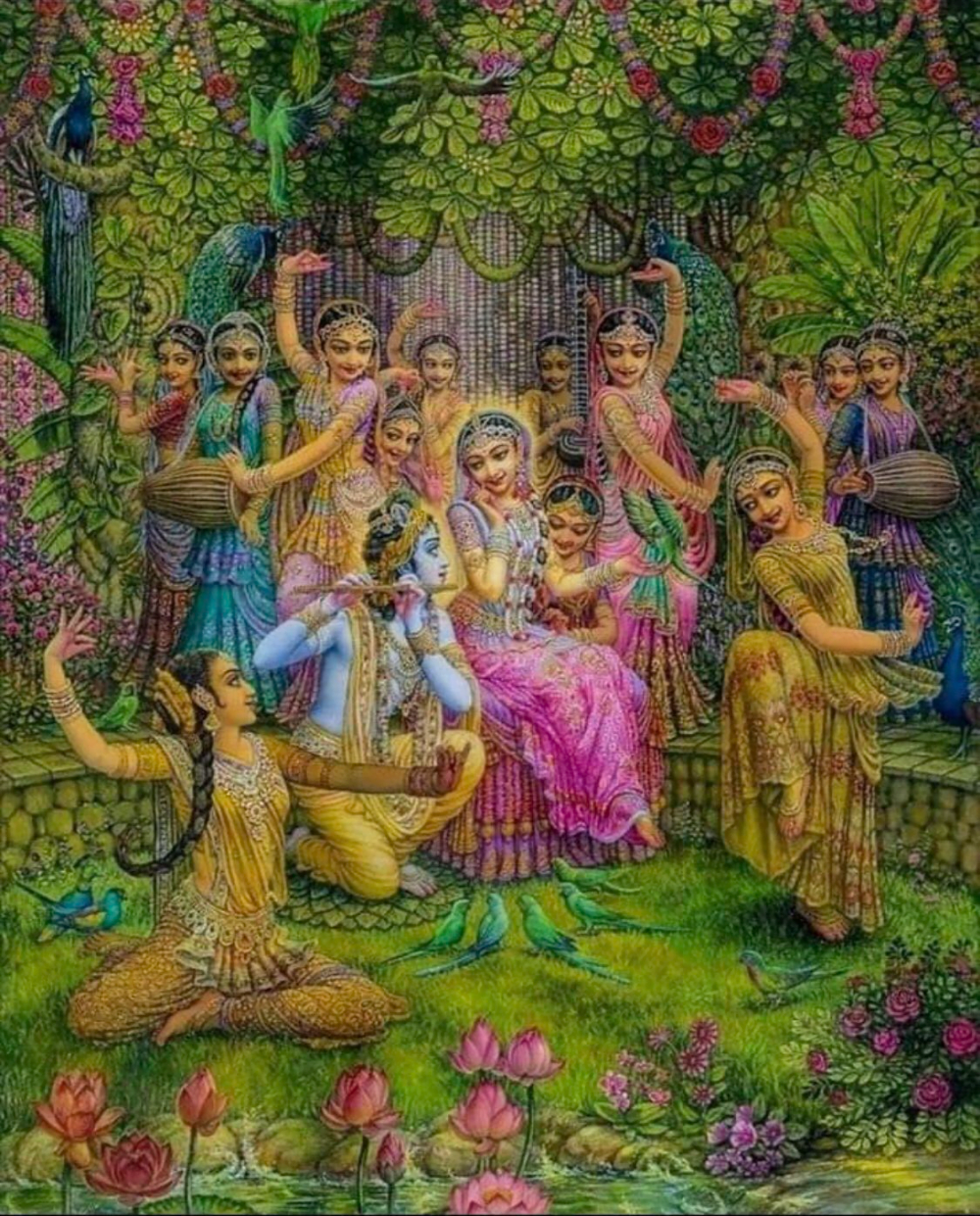
A child, a brother, a charioteer, a warrior, a disciple, a guru, a cowherd, a messenger, the beloved of the gopis… Throughout his life, Krishna enacted so many roles. Whenever we are lost and confused, we can always turn to him for the right guidance. At Indicbrands, we have picked up eight unique books which will help you learn about Shri Krishna and his life teachings, which you can follow in your life. You can check other books on Bhagavad Gita and various other topics at, http://indicbrands.com you can read more about Hinduism on our page http://hindumediawiki.com, you can also contact us on our Twitter at http://twitter.com/Indicbrands.
